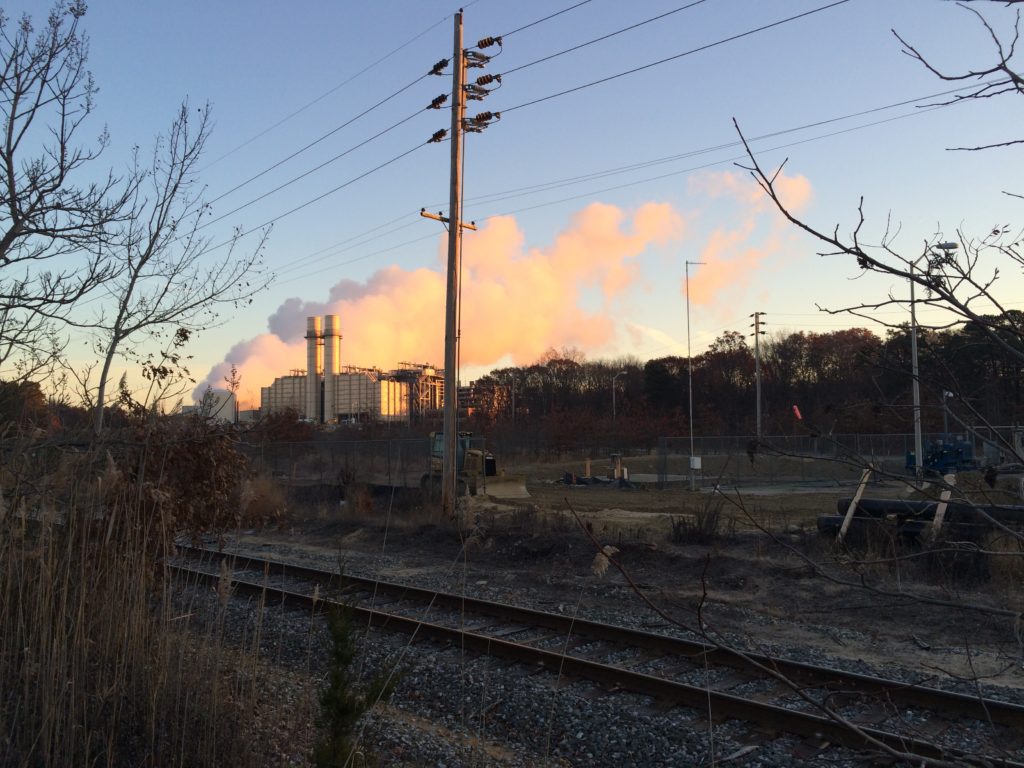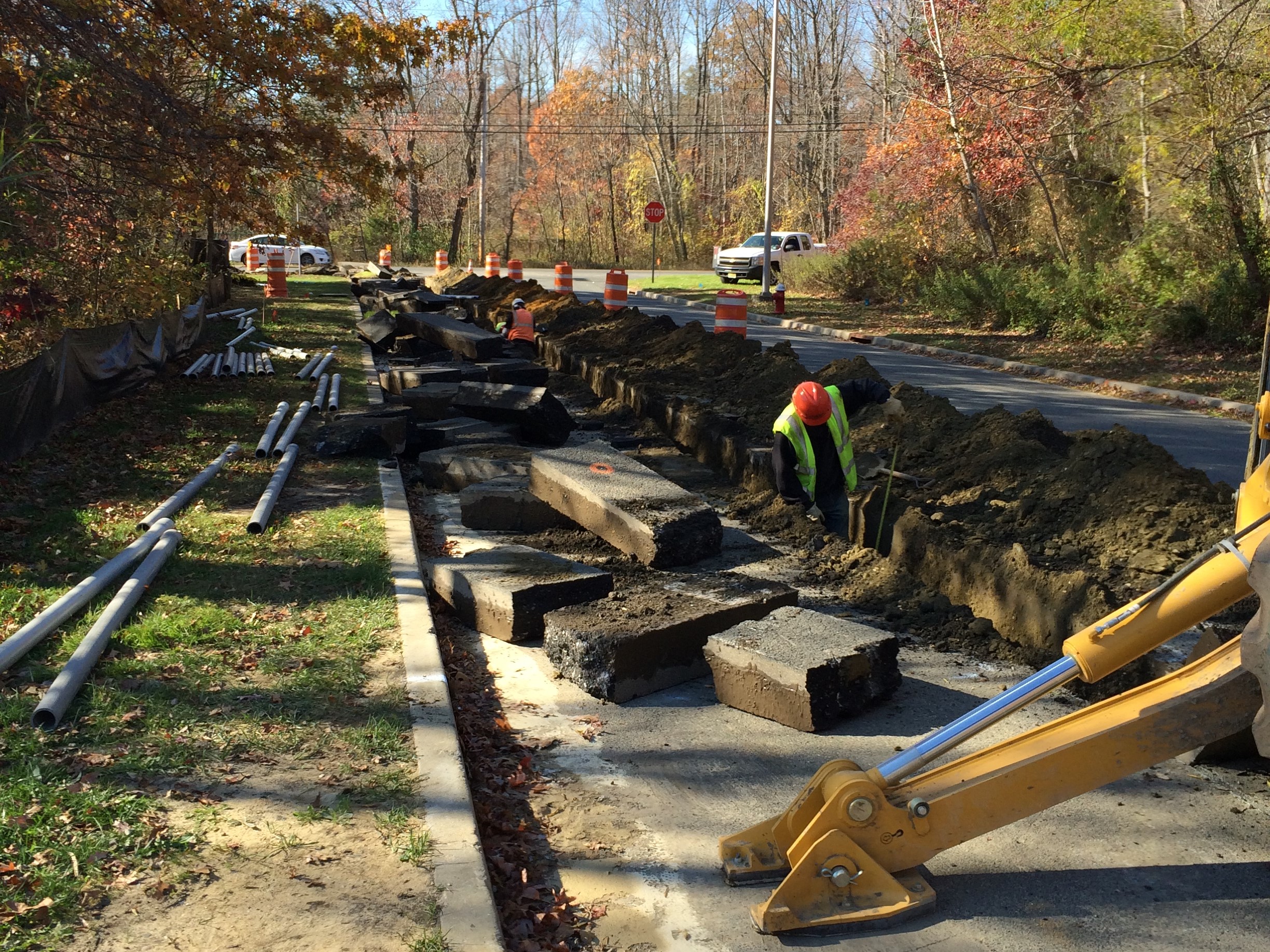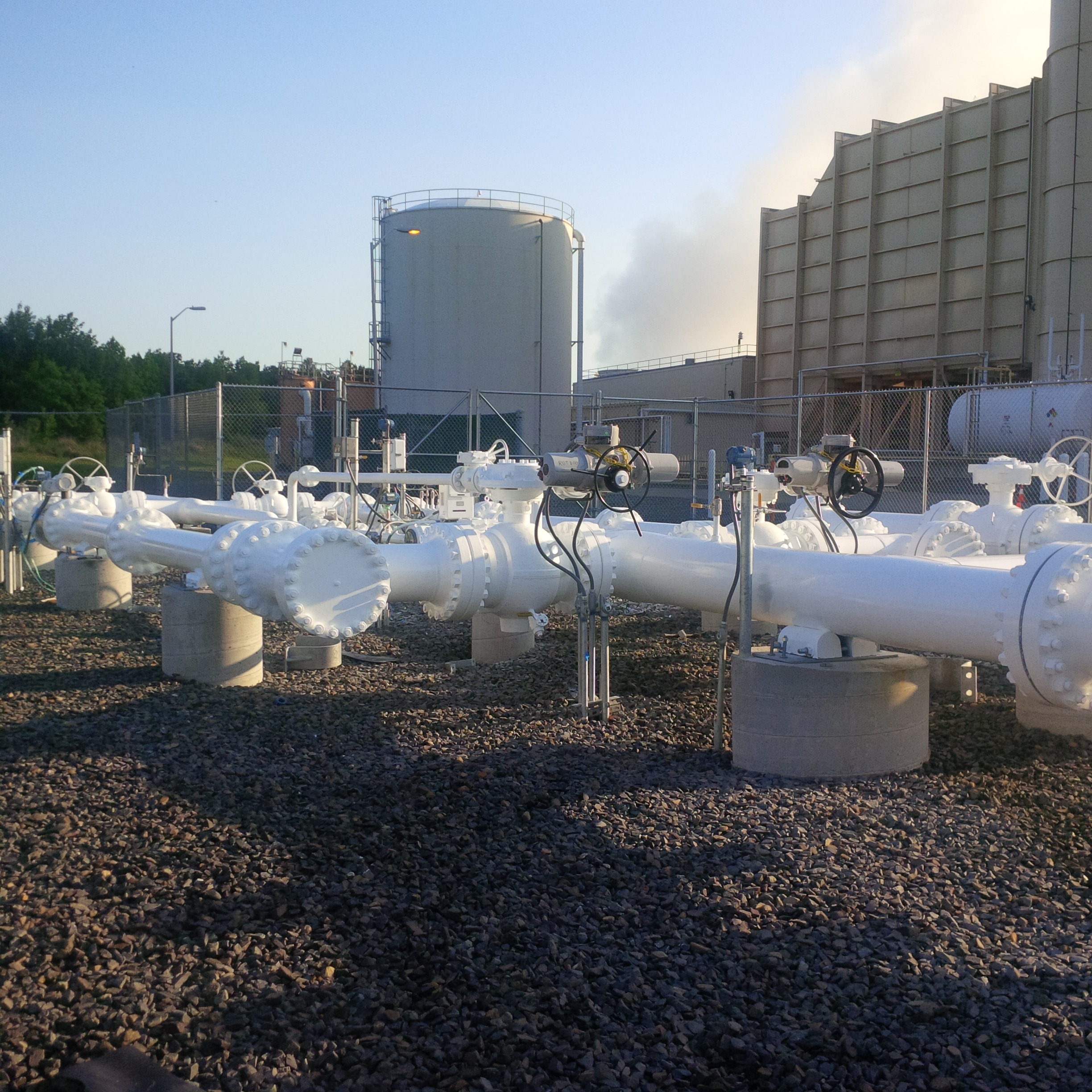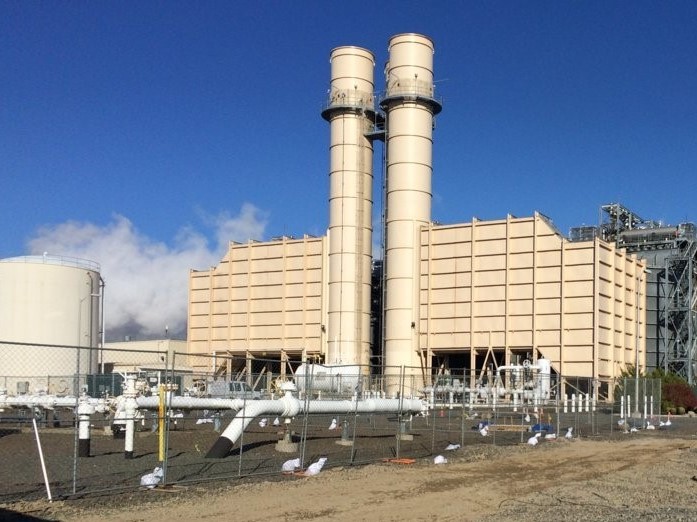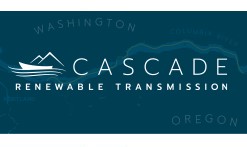OUR PROJECTS
PowerBridge’s flagship projects are the Neptune Regional Transmission System, completed in 2007, and the Hudson Transmission Project, completed in 2013. Both are underwater cable projects that were completed on budget and ahead of schedule. A third underwater cable project, Cascade Renewable Transmission Project, is in development. In addition, PowerBridge selectively pursues other energy and infrastructure projects, such as the TAQA Gen-X Gas Pipeline described below, that are an appropriate fit for our capabilities and expertise.
NEPTUNE
The Neptune Project is a 660-MW (500 kV) high-voltage, direct current (HVDC) submarine electric transmission cable, completed in 2007, that connects power generation resources in the PJM system to electricity consumers on Long Island. The cable extends from the First Energy substation in Sayreville, New Jersey to the Long Island Power Authority Newbridge Road substation in Levittown, Long Island, a distance of 65 miles.
HUDSON
The Hudson Transmission Project is a 660 MW electric transmission link between New York City and PJM Interconnection that was completed in June of 2013. While its main purpose is to provide a new source of electric power for the New York City customers of the New York Power Authority (NYPA), the Project also provides New York City with access to renewable resources throughout PJM and includes very significant upgrades and reinforcements to the transmission system in New Jersey.
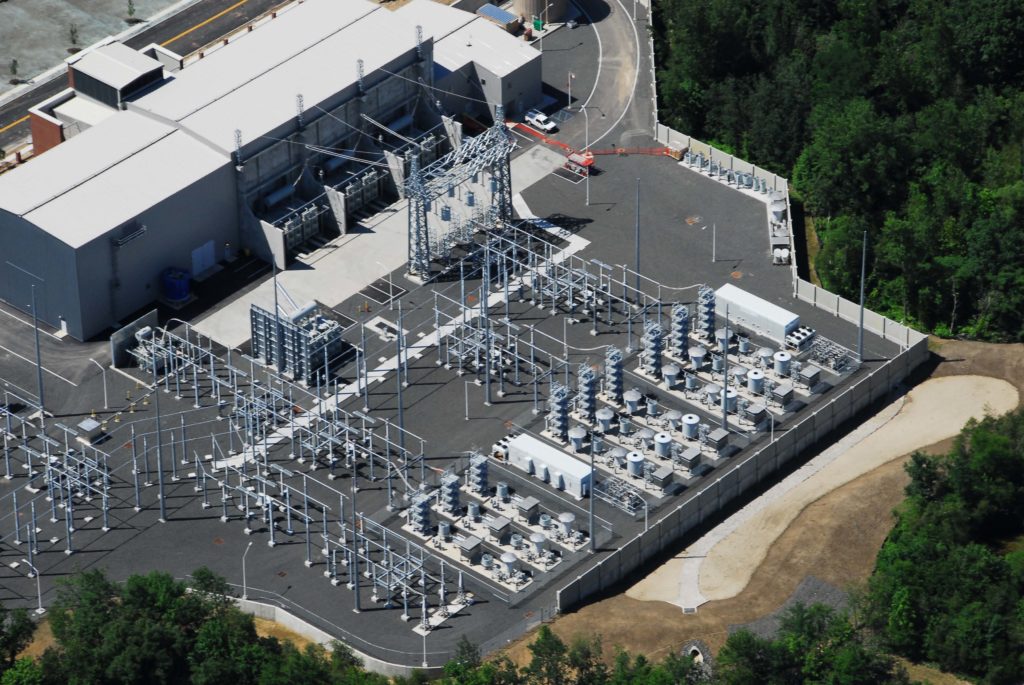
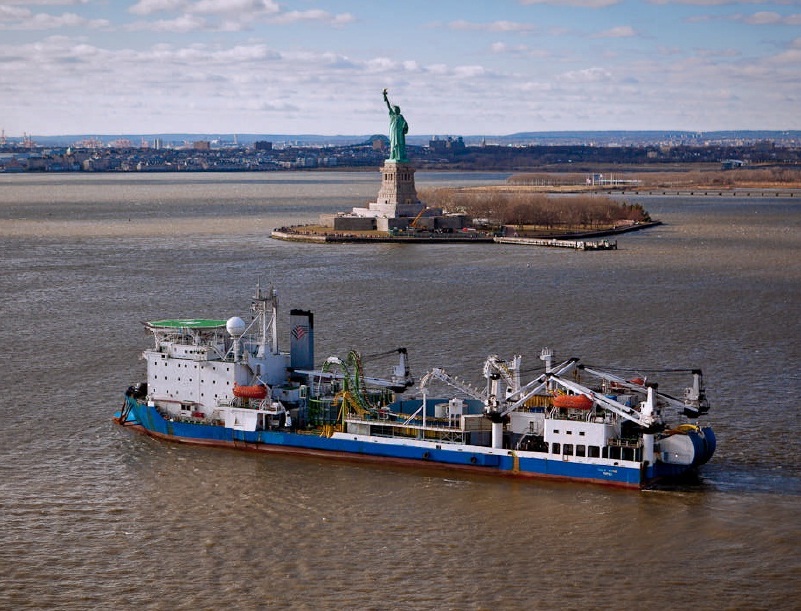
CASCADE
Cascade Renewable Transmission is an underwater and underground electric transmission cable proposed for the Pacific Northwest, capable of delivering approximately 1,100 MW of clean, renewable energy from east of the Cascade Mountain Range to electricity consumers west of the Cascades while also helping to meet renewable energy public policy requirements in Oregon and Washington.
TAQA GEN-X GAS PIPELINE
The TAQA Gen-X Pipeline is a .37 mile natural gas pipeline developed and built by PowerBridge for TAQA Gen-X, LLC, a joint venture between units of Abu Dhabi National Energy Co. and Morgan Stanley. Located in the town of Sayreville, New Jersey, the TAQA Gen-X Pipeline provides fuel from New Jersey Natural Gas (NJNG) to the 832 MW Red Oak generating plant, providing an alternate source of natural gas to the combined cycle electric generating facility.
PowerBridge conducted extensive environmental studies, obtained all major permits and regulatory approvals, and oversaw construction and commissioning of the TAQA Gen-X Pipeline and associated metering station facilities. The TAQA Gen-X Pipeline began commercial operation in December 2014, making Red Oak NJNG’s largest customer.

